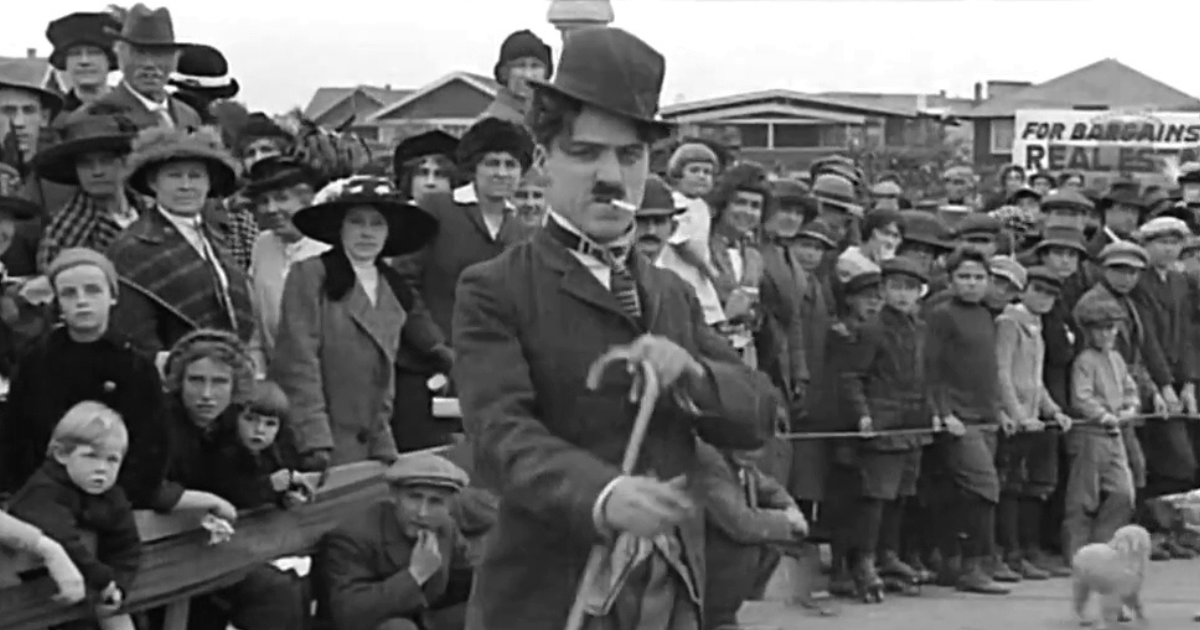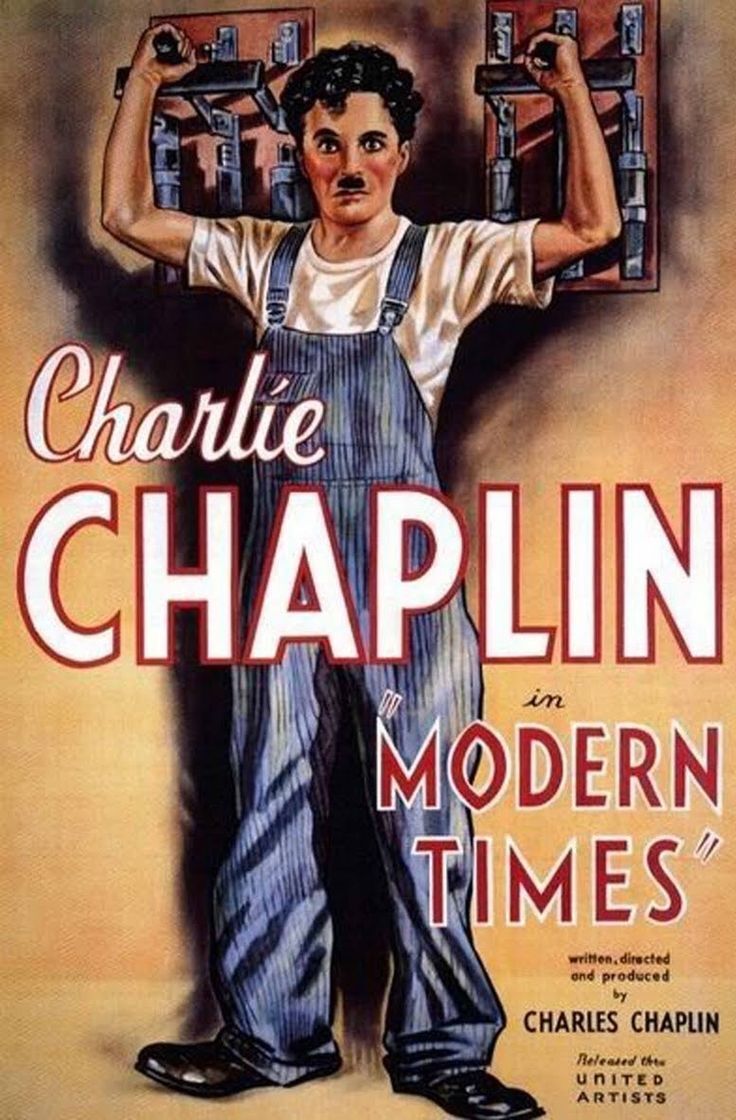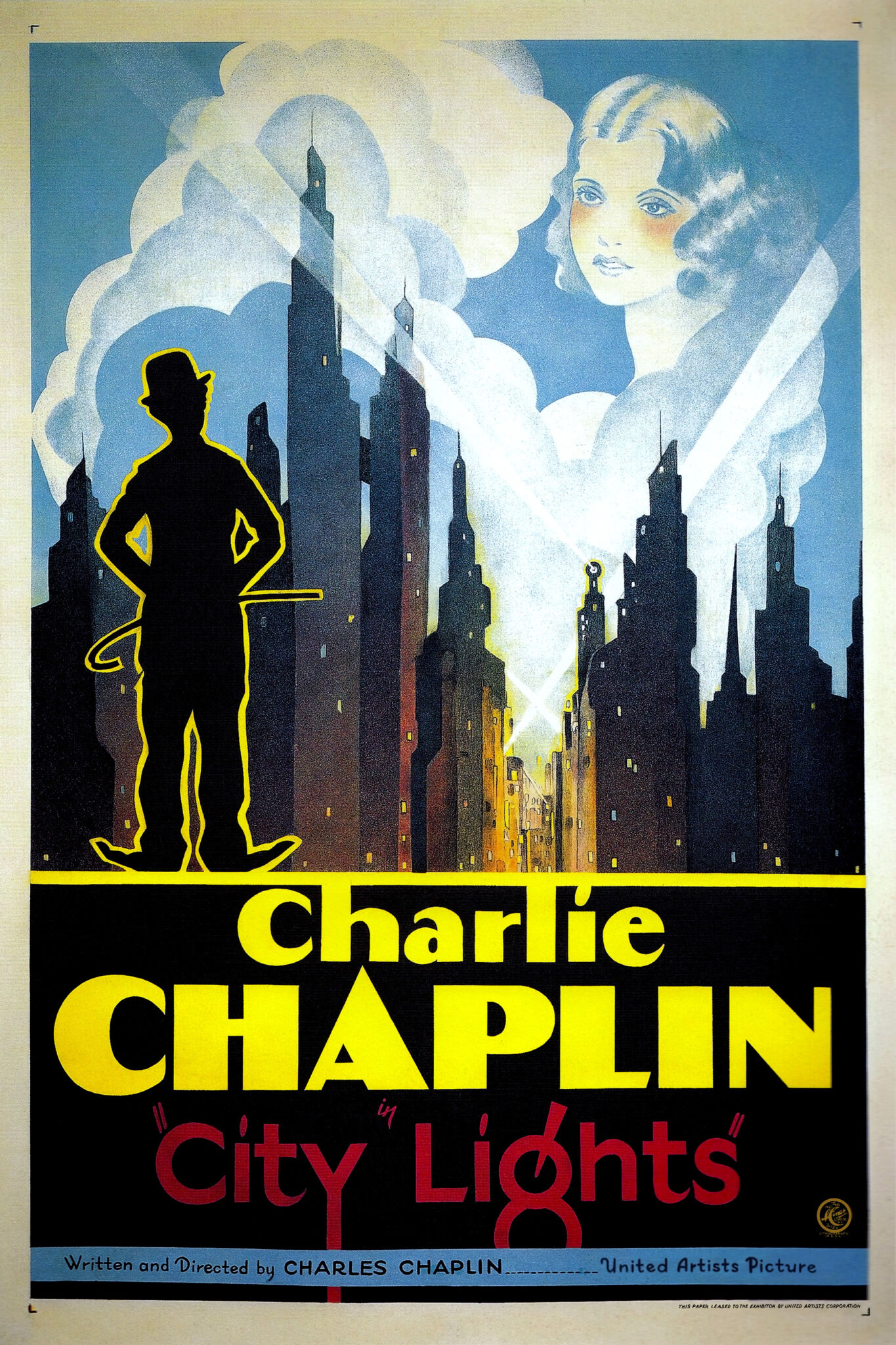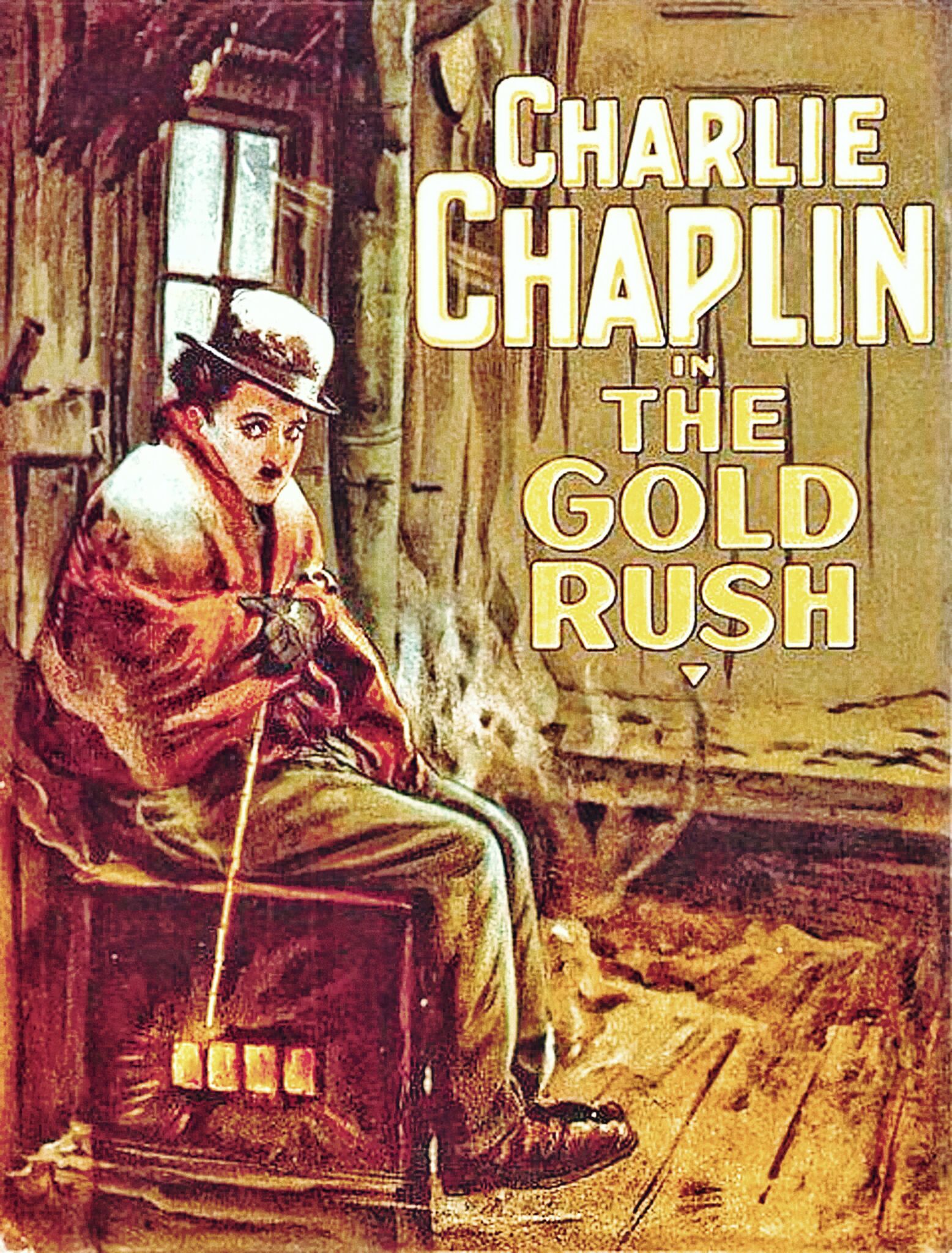Laughter through tears
Screen masterpieces that etched Charlie Chaplin’s name into history

It’s safe to say that no film star to this day can match the level of global fame achieved by the "man in the bowler hat." From the slums of London to the pinnacle of cinematic Olympus. From being Hollywood’s greatest star to a cancelled artist in European exile.
1914 marked Charlie Chaplin’s first appearance on screen as The Tramp. Just five years later, there wasn’t a continent on the planet unfamiliar with "the Tramp with a cane."
Born on April 16, 1889, in London, Charles Spencer Chaplin emerged as an extraordinarily multifaceted personality. Actor, screenwriter, director, producer, and author – he released nearly a hundred short films and several feature-length masterpieces that changed not just the film world, but history itself.
Before entering the world of cinema, Chaplin endured tremendous hardship. After losing his mother at a young age, he was left with an alcoholic father and a stepbrother. At times, he slept on the streets – life introduced itself to him very early.
By 1922, Charlie Chaplin was one of the most famous people on the planet, the biggest star in Hollywood, and America’s beloved icon.
Once he entered the world of cinema, he shone brightly, and in the silence of silent films, he became the loudest voice in people’s hearts. The antihero he created – Charlot, or The Tramp – became a character known across the globe. Some disliked Chaplin for his political views, which he subtly highlighted in his films, and he often faced defamatory campaigns.
“The Kid,” “The Gold Rush,” “City Lights,” and other sentimental, kind, funny, and naive films painted the image of the actor, but behind his on-screen persona was a very different man.
In 1952, Chaplin was exiled from the United States. His reputation was in ruins, and his films were banned from American cinemas.

Chaplin’s life, the icon of silent cinema, was full of highs and lows, a search for identity. Amid this whirlwind, his legendary films didn’t just make people laugh — they touched their hearts profoundly.
In 1972, an elderly Chaplin returned to Hollywood. He was awarded an honorary Oscar for his priceless contribution to 20th-century cinema.

His films remain relevant to this day and continue to inspire artists. The innovations he brought to filmmaking and the timeless themes in his movies made him a legend who will never be forgotten. Six of Chaplin’s films – “Kid Auto Races at Venice”, “The Immigrant”, “The Gold Rush”, “City Lights”, “Modern Times”, and “The Great Dictator” are preserved in the National Film Registry. Many of his greatest works are among the most valued in cinematic history. Let’s take a closer look at a few of them.
“Modern Times”
One of Charlie Chaplin’s finest films, “Modern Times”, is defined by its masterful balance of comedy and pathos. It stands out for its satirical portrayal of the industrial era and the struggles faced by the working class during the Great Depression, also known as the global economic crisis of 1929.

Throughout the film, Chaplin’s character encounters a host of challenges while trying to adapt to modern society. He faces poverty, homelessness, and hunger, yet he strives to preserve his spirit and humor. Along the way, he meets a young woman who, like him, is struggling to survive.
The romantic comedy masterpiece – “City Lights”
By choosing to make “City Lights” a silent film, Chaplin took a major financial risk, openly resisting the newly found global obsession with “talkies.”

Photo: City Lights
A romantic comedy in which The Tramp falls in love with a blind flower girl while also forming a wild friendship with a drunken millionaire. Chaplin’s gamble paid off – “City Lights” became a box office hit. It was so successful that Chaplin went on a world tour to promote it.
Renowned writer James Agee called Chaplin’s performance in the final scene “the greatest single piece of acting ever committed to celluloid.”
“The Gold Rush”
“This is the picture I want to be remembered for.” (Charlie Chaplin)
The film follows the adventures of the beloved Tramp, this time journeying to the gold fields of Alaska. The late 19th-century Gold Rush drove thousands to far-off lands in hopes of striking it rich. Set partly during the New Year, the film delivers a treasure trove of laughter drawn from life’s hardships.
The protagonist embarks on a treacherous journey through snow-covered valleys and mountains, facing adventures, hardships, and perilous encounters. Chaplin presents the grim realities of the time with humor, delighting audiences with a cascade of gags and comic set-pieces.
With monumental success, “The Gold Rush” became one of the highest-grossing films of the silent era.

Photo: The Gold Rush
The first idea for the film came to Chaplin when he was looking through several photographs of the Klondike Gold Rush. He was particularly struck by the image of an endless line of prospectors ascending the Chilkoot Pass on their way to the gold fields.
For the filming of this scene, Chaplin employed two and a half thousand real drifters for a single day. Most of them appeared in studio sets. In a letter to Chaplin, Albert Einstein wrote: “Your film The Gold Rush is understood by everyone in the world, and you are surely destined to become a great man.”
Some of Chaplin’s signature scenes – such as the famous Roll Dance, where he uses forks and rolls to mimic a dancer’s feet – would later become his iconic cinematic signature.


